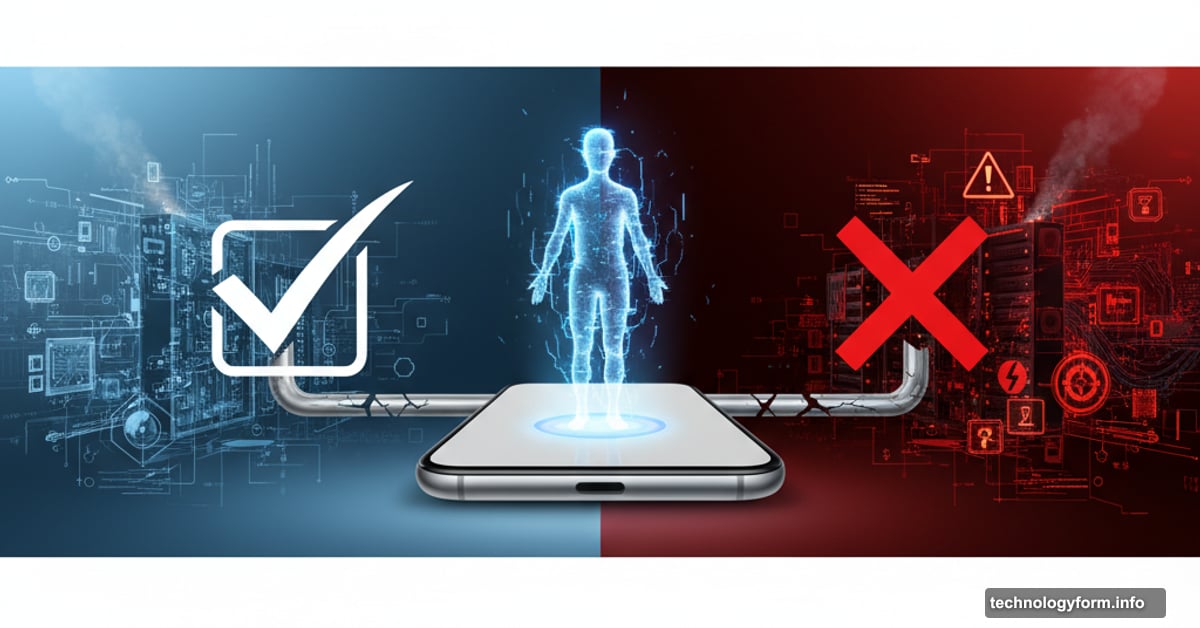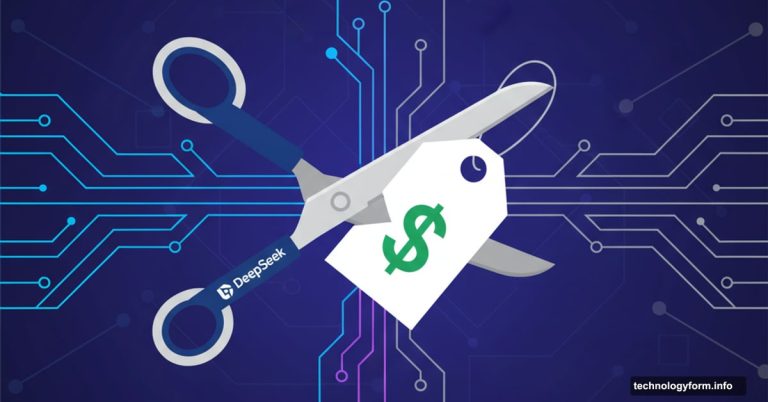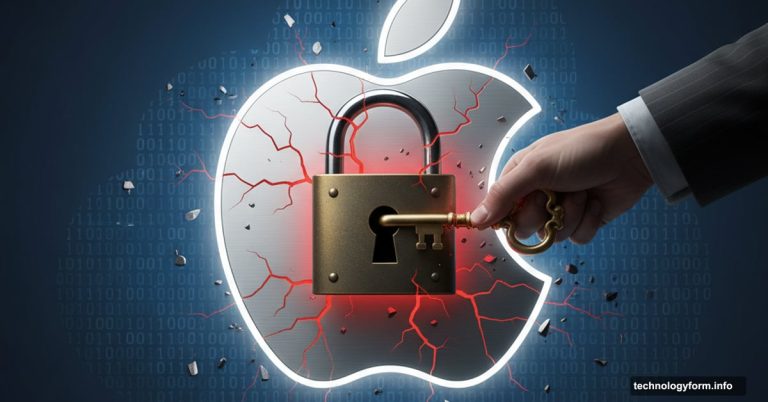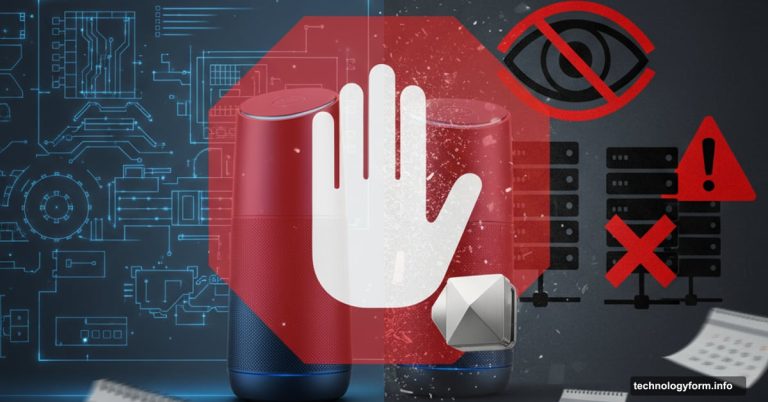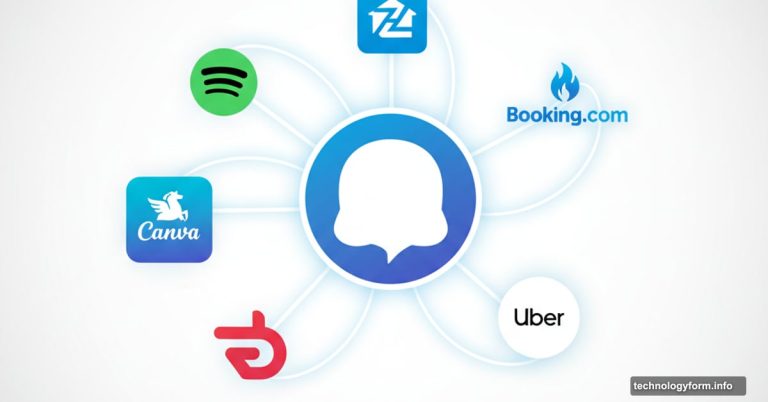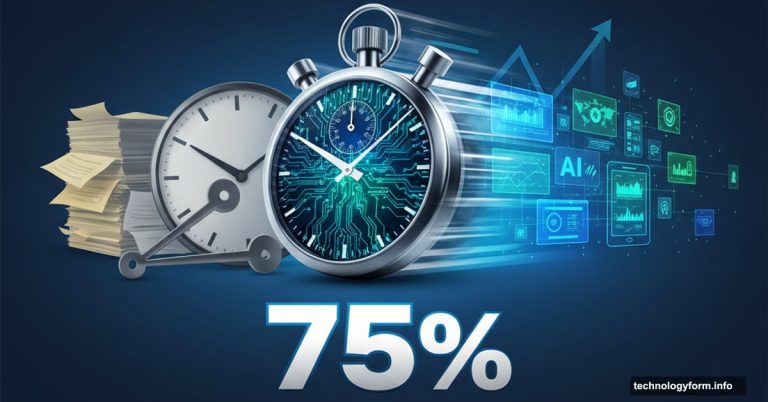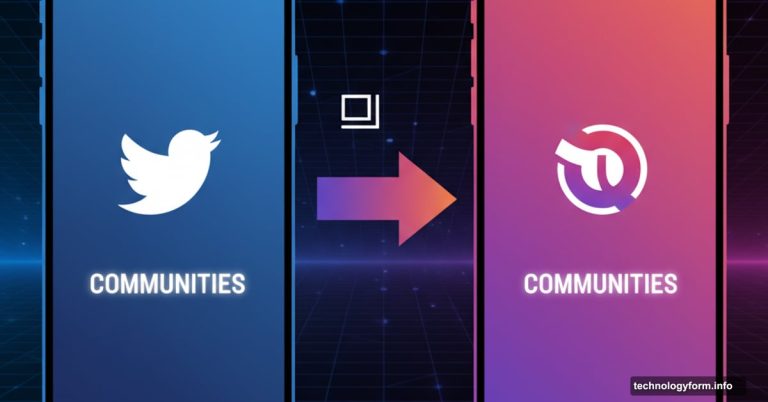OpenAI and Jony Ive Wanted to Build the iPhone of AI. They Can’t Get Enough Chips.
OpenAI and Jony Ive wanted to build the future of AI hardware. Instead, they’re stuck fighting basic infrastructure problems.
The collaboration between OpenAI and Apple’s legendary designer promised something revolutionary—an AI device that understands your world without needing a screen. But people close to the project say technical reality keeps getting in the way of that vision.
Progress has stalled. Not because the design isn’t ready. But because OpenAI can’t provide enough computing power to run the thing.
The Hardware Looks Great. The Software Doesn’t Work
Here’s the irony. Ive’s team already nailed the physical design. Sources familiar with the device describe something roughly smartphone-sized that sits on your table but remains portable. The form factor works.
But what good is beautiful hardware when the AI brain behind it can’t function properly? OpenAI’s large language models demand massive computational resources. Running them on a consumer device at scale requires infrastructure OpenAI simply doesn’t have yet.
“Amazon has the compute for an Alexa, so does Google for its Home device,” said one person close to Ive. “But OpenAI is struggling to get enough compute for ChatGPT, let alone an AI device—they need to fix that first.”
That’s a brutal reality check. Competitors like Amazon and Google spent years building the server infrastructure to support millions of smart speakers. OpenAI is trying to catch up while simultaneously running one of the world’s most popular AI chatbots.
The Device Concept Makes Sense. The Execution Doesn’t
The product vision sounds compelling. An always-on assistant that uses voice, cameras, and sensors to understand context. Something that remembers your conversations and adapts to your needs naturally.
It’s meant to feel like talking to a knowledgeable friend rather than barking commands at a dumb speaker. “The concept is that you should have a friend who’s a computer who isn’t your weird AI girlfriend,” explained one person familiar with the project. “Like Siri but better.”
Yet building that experience requires solving problems nobody’s cracked yet. Developers are still debating fundamental questions. What should the assistant’s personality be? How friendly is too friendly? When should it speak up versus stay quiet?
“Model personality is a hard thing to balance,” said one insider. “It can’t be too sycophantic, not too direct, helpful, but doesn’t keep talking in a feedback loop.”
These aren’t minor details. They determine whether people actually want this thing in their homes or find it annoying after a week.
OpenAI Bought Ive’s Company But Can’t Ship the Product

OpenAI clearly believes in this vision. They spent $6.5 billion acquiring Ive’s design firm LoveFrom earlier this year. That purchase brought over 20 former Apple engineers and access to world-class hardware expertise.
Since then, OpenAI recruited additional talent from Meta and other hardware teams. They’re working with Chinese manufacturer Luxshare on production, though final assembly may happen elsewhere.
But throwing money and talent at the problem doesn’t solve the compute bottleneck. You can hire the best engineers in the world. If your infrastructure can’t support the product’s core functionality, shipping dates keep slipping.
Two people told the Financial Times that delays stem primarily from software and infrastructure challenges, not hardware design. That’s embarrassing for a company built on AI software leadership.
Smart Speaker Competition Already Solved These Problems
Amazon launched the first Echo in 2014. Google followed with Home in 2016. Both companies spent years refining their products, building server capacity, and learning what users actually want from voice assistants.
OpenAI is trying to leapfrog a decade of development with better AI models. That strategy might work eventually. But it requires infrastructure investments that take years to build.
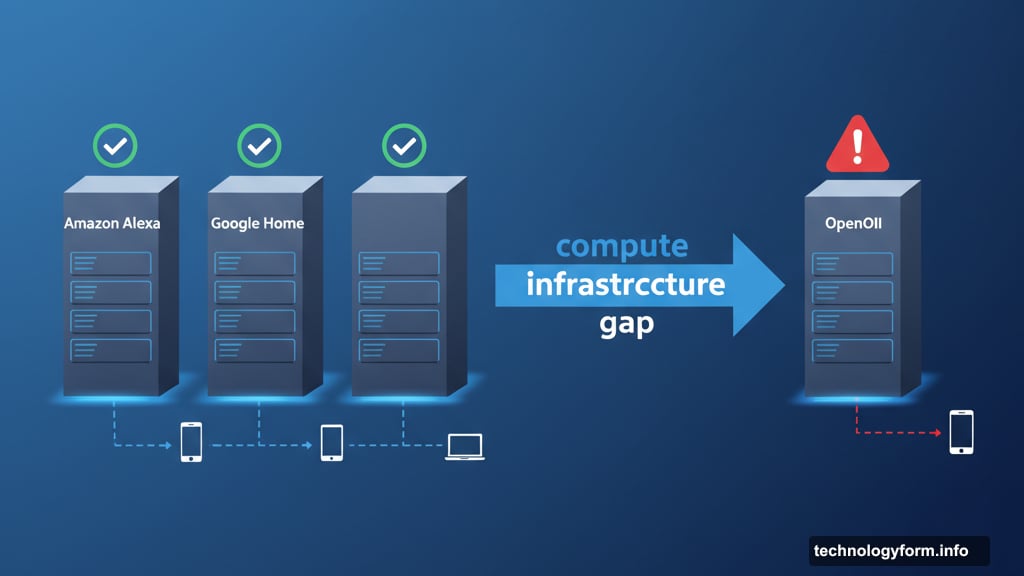
Meanwhile, Amazon and Google keep improving their existing products. They’re not standing still while OpenAI figures out compute allocation. The competitive window for a breakthrough AI device might close before OpenAI ships anything.
Plus, Apple is rumored to be working on new smart home products with upgraded Siri capabilities. If Apple beats OpenAI to market with a compelling AI assistant, the window for disruption narrows even further.
The Real Question Nobody’s Asking
Does the world actually need another smart speaker?
Amazon sold millions of Echos. Most sit unused after the novelty wears off. Google Home devices gather dust on shelves. People tried voice assistants and decided they prefer pulling out their phones for most tasks.
Maybe OpenAI’s superior AI models change that equation. Maybe conversational quality makes the difference between a useful assistant and an abandoned gadget. But that’s a big maybe.
The device concept assumes people want an always-on assistant monitoring their environment. That raises obvious privacy questions OpenAI hasn’t addressed publicly. How much data does this thing collect? Where does it store that information? Who has access?
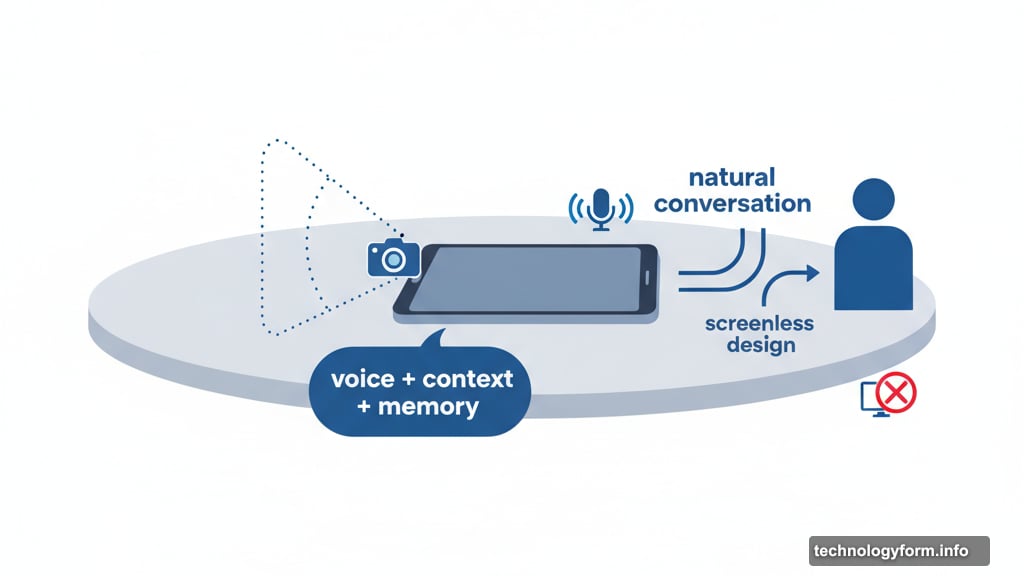
These concerns killed Google Glass and made people wary of Facebook Portal. OpenAI needs convincing answers before anyone trusts an AI-powered camera sitting in their living room.
Progress Measured in Years, Not Months
Sources close to the project won’t commit to a launch timeline. That tells you everything about where this stands. When hardware partners won’t even hint at a release window, production is nowhere close.
OpenAI might eventually solve the compute problems. They might figure out the right personality for their assistant. They might build the infrastructure to support millions of devices. But all of that takes time measured in years, not quarters.
In tech, delays often mean “dead on arrival.” Competitors move fast. User expectations evolve. The market opportunity that looked huge two years ago might not exist by the time you ship.
Jony Ive designed some of the most iconic products in tech history. But even his legendary skills can’t overcome infrastructure limitations. And OpenAI’s AI expertise doesn’t magically create the server capacity they desperately need.
This project started with huge ambitions. Now it’s stuck fighting basic operational challenges every hardware company eventually faces. The dream of reinventing personal computing runs into the reality of compute costs and infrastructure constraints.
Bet on further delays. And don’t hold your breath for a launch announcement anytime soon.
